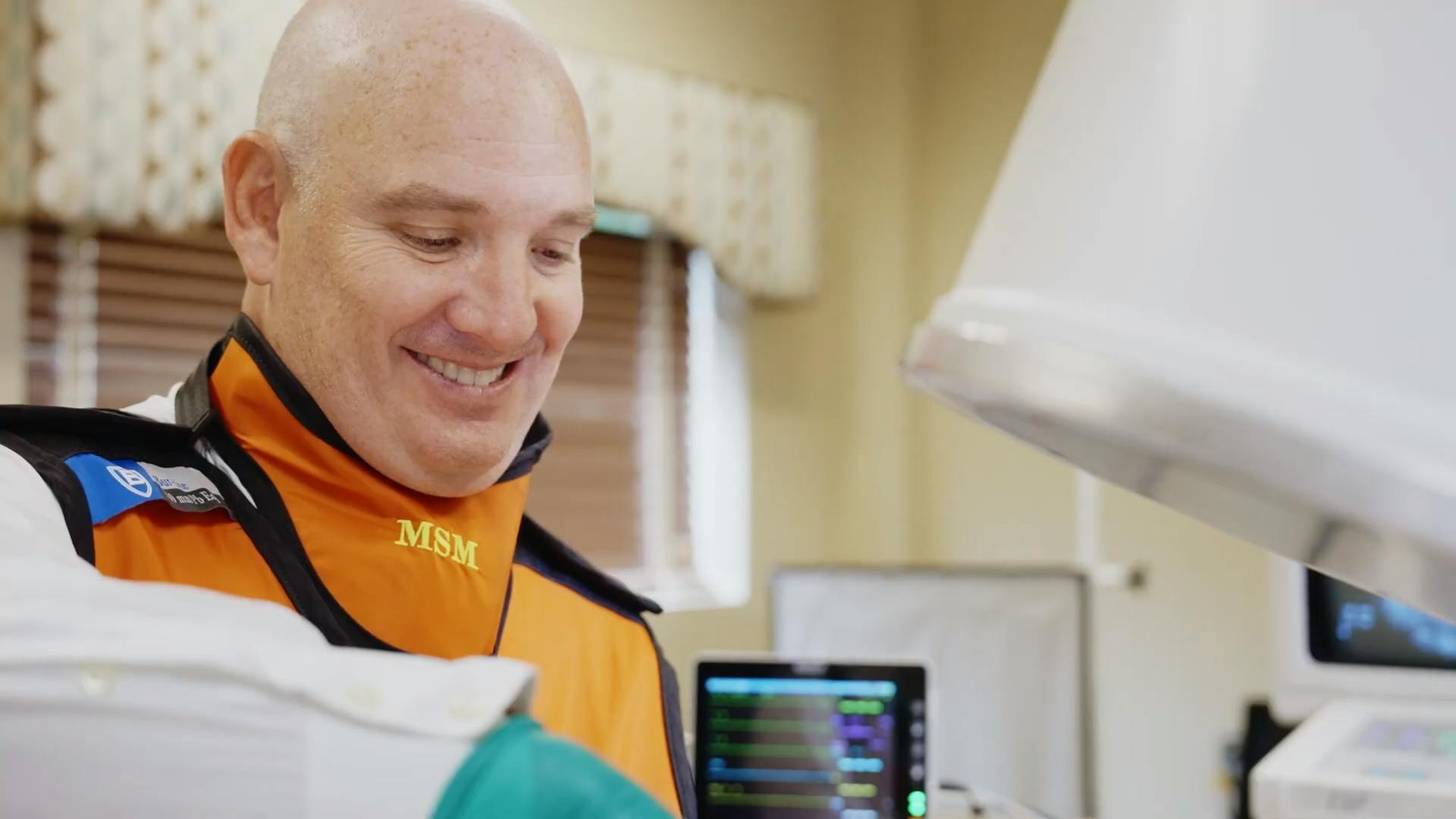How Acupuncture Works for You
Acupuncture is a common medical alternative practice originating in China over 2000 years ago. Acupuncture has been found to help alleviate pain through the insertion of a series of fine needles into the body. Each needle stimulates nerve centers that control energy flow and are linked to specific areas of the body or internal organs. The Chinese believe that acupuncture can clear stoppages of one’s “qi” or energy. By inserting needles into the appropriate acupoint (the one connected to a painful internal organ or other anatomical structure), acupuncture “decongests” blockages in the channels within the body. The link from acupoints to internal organs or body parts explains how needle insertions – which only penetrate a little way under the skin – can have a potentially immense impact on pain management.
Research has shown that acupuncture can reduce nausea and vomiting after surgery or chemotherapy. Acupuncture can also relieve pain. Researchers don't fully understand how acupuncture works but have begun to compile definitive evidence that it is effective. Acupuncture may promote the activity of your body's pain-killing chemicals or endorphins. It also might affect how you release chemicals that regulate blood pressure and flow.
Conditions Treated
Acupuncture can be an effective pain management technique for back pain or muscle spasms along the spine and affected extremities. Acupuncture can successfully address these symptoms regardless of the underlying cause of the pain or spasms.


Patient Experience
Since acupuncture involves only fine needle insertions, patients may be interested in trying acupuncture as a “low-cost” option (where "cost" refers to the amount of pain and procedural difficulty). While side effects such as minor bleeding, bruising, or light-headedness do exist, they occur rarely. For those patients who find acupuncture effective, a 15-30 minute treatment can bring marked relief of symptoms.

Typical Results
Because the exact clinical mechanism behind acupuncture remains unknown, it is difficult to say what results are “typical.” Research does show, however, that some people respond well to acupuncture, which can alleviate back or leg pain and reduce muscle aches and spasms. Since acupuncture is only minimally invasive, many people decide to at least try it as a treatment option.




